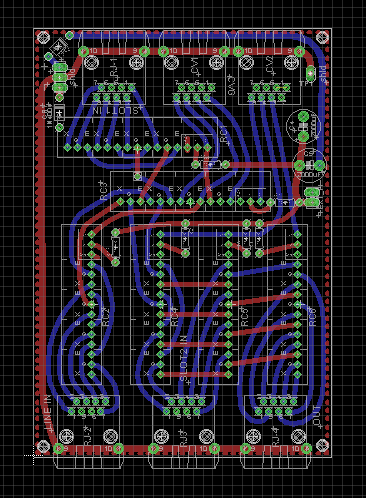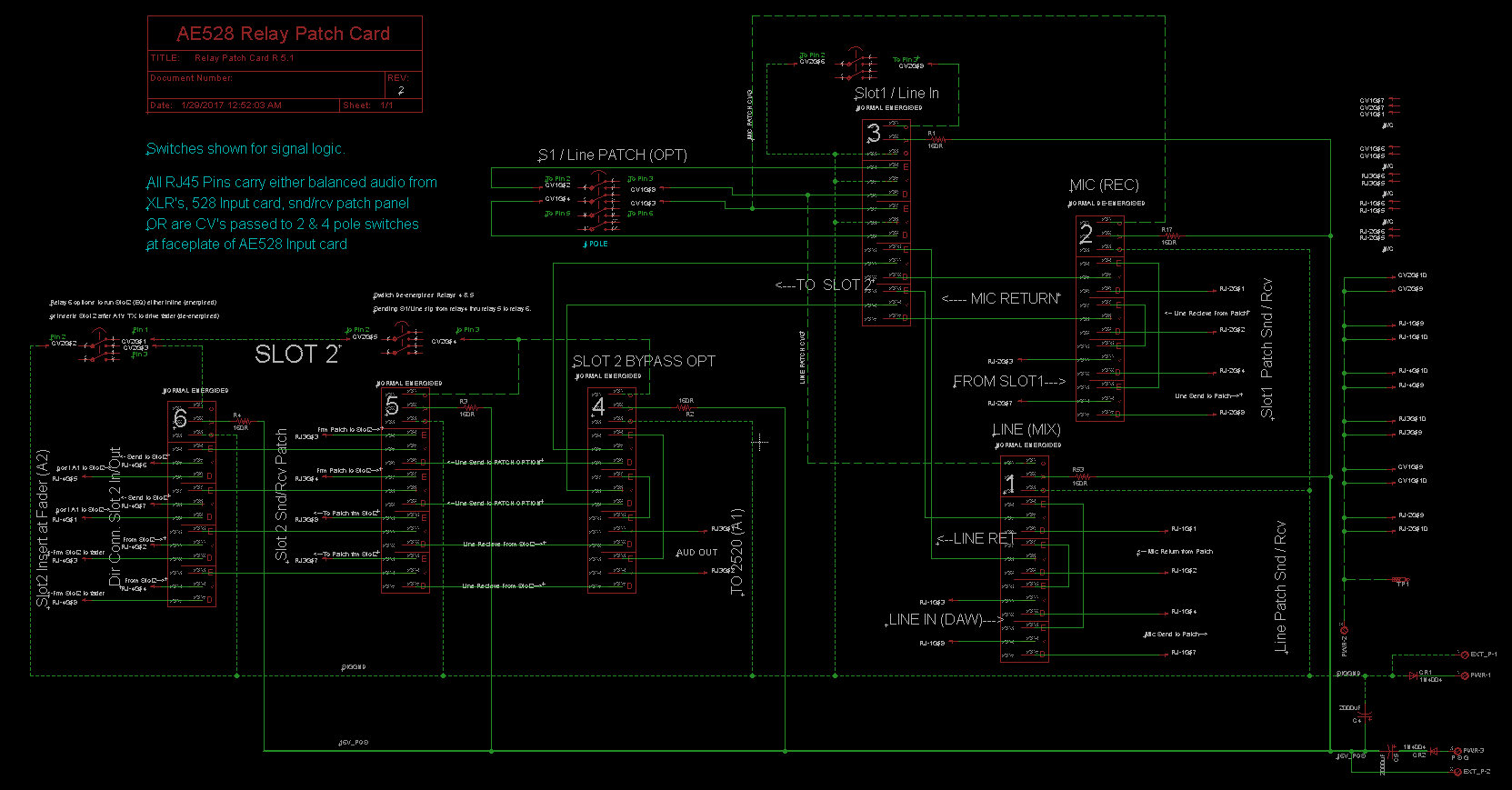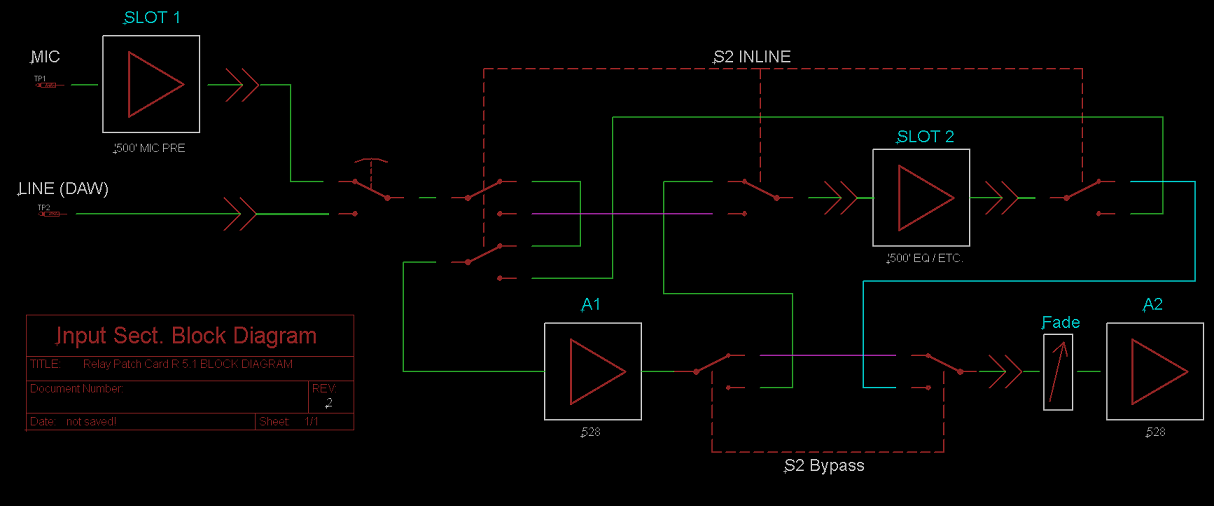boji
Well-known member
I'd first like to mention this relay rabbit-hole I've dug myself into, is partially a result of abbey road d enfer chastising me a few years ago on a poor approach to bypassing signal, saying (in so many words), "If you are going to do it [bypass something], don't cut corners and half-a** bypass... Go all teh way." 
So I'd just like to get your opinions on bypassing balanced patches with relays close to signal source instead of, for traditional example, routing a signal from a console's input card to the patch panel, then back to the input card in a standard normalized fashion.
I ask because in a console's input card scenario, having patch point options aplenty (also for 500 slot options) is good to have, but can add up to many lengths of wire, even when nothing's being inserted...
So, would it be worth the trouble to stick relays right off the XLR inputs or at patch points on a console input card such that in a full bypass scenario, the signal runs are as short as possible? I mean on the surface this seems logically advantageous, and a few folks over the years have even offered small PCB's that bypass single channel balanced signal in/out, but for a console with many insert/patch points and many channels...are the added contact points in the relays, might they offset any other advantages of just using a patch bay for every point in the signal chain? I suppose there's plenty of contact points in the patchbay too, so I don't know- I honestly don't have any real-world experience using full frame console patch bays, so this might just be a reinvention of the wheel or something...
Admittedly I'm also asking as a bit of a feeler for the worthiness of a bypass patch card because I wish to put them behind my API 528-ish input cards on the diy console I'm working on. Because I assumed shorter paths would be good, I've set about making a card also follow some button logic not unlike what is found on Tree Audio's dual 500 slot console or the Pete's Place Mark 8. This patch card would also free up PCB real-estate on the API528-ish card I've got in the works.
I'd be happy to expand on the bypass card's other uses later if there is any interest.
But first, the use/value of something like this vs keeping it simple with a full normal patch array, before I move forward?
Thank you so much yall for your advice and suggestions,
-Boji
So I'd just like to get your opinions on bypassing balanced patches with relays close to signal source instead of, for traditional example, routing a signal from a console's input card to the patch panel, then back to the input card in a standard normalized fashion.
I ask because in a console's input card scenario, having patch point options aplenty (also for 500 slot options) is good to have, but can add up to many lengths of wire, even when nothing's being inserted...
So, would it be worth the trouble to stick relays right off the XLR inputs or at patch points on a console input card such that in a full bypass scenario, the signal runs are as short as possible? I mean on the surface this seems logically advantageous, and a few folks over the years have even offered small PCB's that bypass single channel balanced signal in/out, but for a console with many insert/patch points and many channels...are the added contact points in the relays, might they offset any other advantages of just using a patch bay for every point in the signal chain? I suppose there's plenty of contact points in the patchbay too, so I don't know- I honestly don't have any real-world experience using full frame console patch bays, so this might just be a reinvention of the wheel or something...
Admittedly I'm also asking as a bit of a feeler for the worthiness of a bypass patch card because I wish to put them behind my API 528-ish input cards on the diy console I'm working on. Because I assumed shorter paths would be good, I've set about making a card also follow some button logic not unlike what is found on Tree Audio's dual 500 slot console or the Pete's Place Mark 8. This patch card would also free up PCB real-estate on the API528-ish card I've got in the works.
I'd be happy to expand on the bypass card's other uses later if there is any interest.
But first, the use/value of something like this vs keeping it simple with a full normal patch array, before I move forward?
Thank you so much yall for your advice and suggestions,
-Boji





